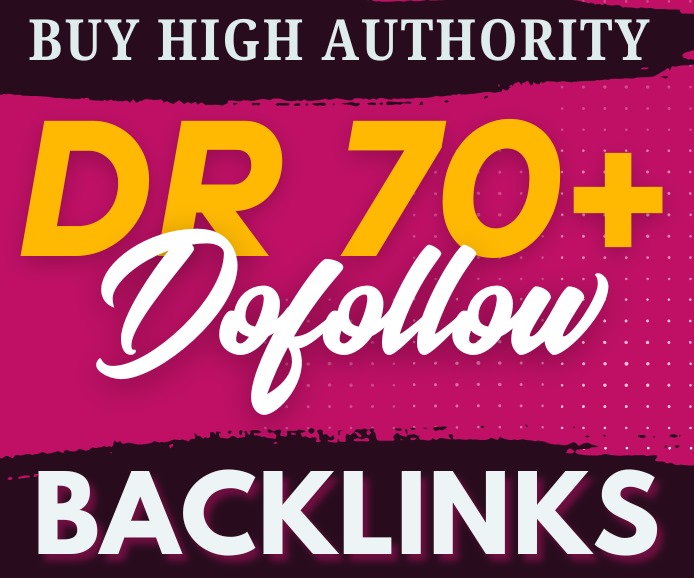Let’s be honest — your website is your first impression in the digital world. Whether you’re running a local bakery or a global SaaS company, your web design can make or break a visitor’s experience. But what exactly is “web design,” and why is everyone talking about it in 2025?
What Is Web Design?
Web design is the process of planning, creating, and maintaining websites. It’s not just about making a site “look pretty” — it’s about functionality, user experience (UX), and ensuring your visitors find what they need fast. Design includes layout, color scheme, graphics, fonts, and navigation structure.
Why Web Design Still Matters in 2025
With tech evolving fast, some may think design is old news. Nope! If anything, web design is more important than ever. Your site needs to be mobile-responsive, accessible, fast-loading, and visually engaging — all while delivering value in seconds.
How Web Design Affects SEO
Yep, you heard that right. Google doesn’t just rank based on keywords anymore. Site speed, mobile-friendliness, user experience, and structure all factor into SEO. A well-designed website isn’t just about beauty — it’s about visibility too.
Key Elements of Effective Web Design
So what makes a good website in 2025? Let’s break it down:
-
Navigation: Simple, intuitive menus that help users find what they want fast.
-
Responsiveness: Your site should look great on desktops, tablets, and smartphones.
-
Speed: A slow-loading site = high bounce rate.
-
Accessibility: Your design should work for users with disabilities, including screen readers and keyboard navigation.
-
Consistency: Fonts, colors, and branding should match across every page.
The Rise of Mobile-First Web Design
Over 60% of all traffic comes from mobile devices. Mobile-first isn’t just a trend — it’s the new standard. If your web design isn’t optimized for smartphones, you’re already behind.
User Experience (UX) in Web Design
UX is the soul of good web design. A clean layout, logical navigation, fast loading, and visually appealing structure all contribute to a better experience. Happy users = better engagement = higher conversions.
Visual Design and Branding
Ever landed on a site and instantly felt like, “Yep, this is professional”? That’s great branding + visual design. From color palettes to typography, your design should reflect your brand’s tone and personality.
Web Design Tools in 2025
The web design toolkit has exploded with powerful software:
-
Figma: For collaborative UI design.
-
Webflow: Drag-and-drop design without code.
-
Adobe XD: Great for wireframes and prototyping.
-
Canva: Perfect for graphics and quick visuals.
These tools speed up the process and make it easier for designers and clients to stay on the same page.
Trends in Web Design You Can’t Ignore
2025 has brought in fresh ideas. Stay ahead with:
-
Dark Mode: Easier on the eyes and super sleek.
-
Minimalism: Clean, simple interfaces win trust.
-
Interactive elements: Sliders, hover effects, micro-animations.
-
AI Integration: Smart chatbots and dynamic content tailored to user behavior.
The Connection Between Web Design and Conversions
A good-looking site is nice. A high-converting site is better. Strategic web design focuses on guiding the visitor toward action — signing up, purchasing, or contacting you. CTAs (calls to action) must be prominent, and forms should be short and sweet.
Common Web Design Mistakes to Avoid
Let’s save you some trouble. Avoid:
-
Too many fonts/colors: Confusing and unprofessional.
-
Slow load times: People bounce fast.
-
Cluttered layouts: Less is more.
-
No mobile optimization: Inexcusable in 2025.
-
Weak CTAs: Don’t make people guess what to do.
DIY vs. Hiring a Web Design Agency
Can you do it yourself? Maybe. But should you? It depends. DIY builders like Wix or Squarespace work for small projects, but serious businesses need professional help. A web design agency ensures your site is not only beautiful but functional, optimized, and scalable.
How to Choose the Right Web Design Agency
Look for:
-
Experience in your industry
-
Portfolio with diverse designs
-
Clear communication
-
SEO knowledge
-
Post-launch support
Case Study: How Great Web Design Helped a Brand Grow
Let’s take a real-life scenario. A local fitness studio revamped its site with modern design: mobile-friendly, bold visuals, and SEO optimization. Within 3 months, traffic doubled, bounce rates dropped, and signups increased by 60%. Coincidence? Nope — that’s what great web design does.
Web Design and Content: A Perfect Pair
Design gets them in the door, content keeps them there. Make sure your words match your visuals. Clear, engaging copy combined with a smooth design = powerful results.
The Role of AI in Modern Web Design
AI tools now help predict user behavior, suggest design changes, and automate repetitive tasks. Smart layouts, personalized content, and chatbots are all powered by AI — and they’re changing the web design game.
Website Redesign: When and Why
If your site looks like it was built in 2010, it’s time. Redesigns are vital when:
-
Your branding has changed.
-
Your traffic is dropping.
-
Your site isn’t mobile-friendly.
-
You’ve outgrown your current layout.
Final Thoughts on Web Design in 2025
A powerful web design isn’t just about looks — it’s about function, trust, SEO, and user experience. As your digital storefront, your website needs to impress fast and convert faster. Invest in great design, and your business will thank you.
Conclusion
Web design is not just art — it’s a business tool. In 2025, users expect fast, sleek, and functional sites that deliver value. Whether you’re building from scratch or redesigning, focus on user needs, mobile experience, and clear messaging. Remember, great web design isn’t a luxury — it’s your online lifeline.
FAQs
1. What is the difference between web design and web development?
Web design focuses on the visual and user experience aspects, while web development involves the coding that brings the design to life.
2. How much does professional web design cost in 2025?
Costs vary, but a custom professional website can range from $1,000 to $10,000+ depending on features, complexity, and agency rates.
3. How long does it take to design a website?
Basic websites can take 2–4 weeks; larger custom projects may take several months.
4. Do I need a mobile version of my site?
Absolutely! Mobile-first design is essential. Google even prioritizes mobile usability in rankings.
5. How often should I redesign my website?
A full redesign every 2–3 years is a good rule of thumb to keep up with trends, tech, and changing user expectations.




